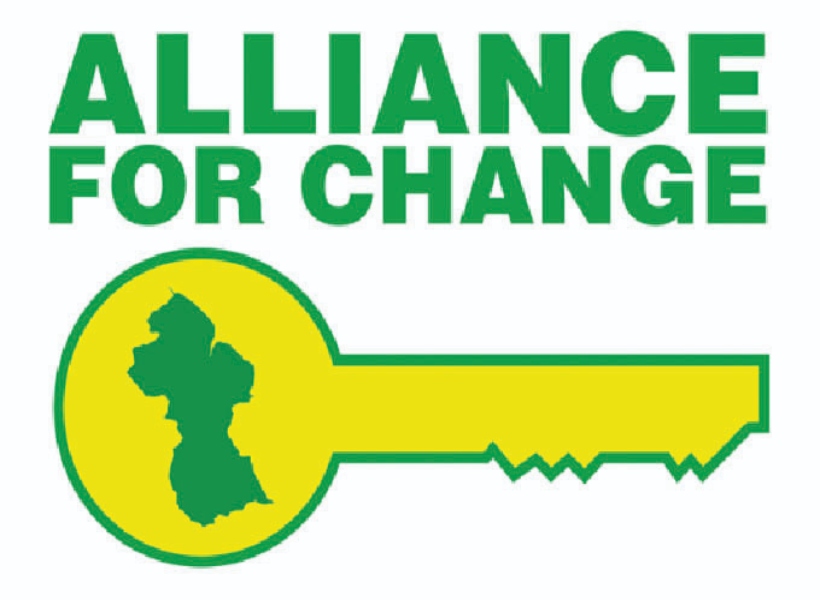Even though there has been a barrage of cautionary statements against Guyana moving forward with the highly anticipated gas-to-shore project by 2024, local stakeholders have expressed confidence in the capability of the government to ensure the venture is financially sound.
Specifically expressing this assurance in the PPP/C administration is Mr. Joel Bhagwandin, a local economic and financial analyst. In his most recent writings, the financial consultant strongly disagreed with sentiments expressed by Tom Sanzillo, Director of Financial Analysis at the Institute for Energy Economics and Financial Analysis (IEEFA). Sanzillo had said that Guyana could be heading to a dark future of massive debt if it runs with the project. (See more details here: https://www.guyanastandard.com/2021/01/10/gas-to-shore-project-could-lead-guyana-to-dark-future-of-crippling-debt-more-analysis-needed-ieefa-director/)
But Bhagwandin who holds a different view posited that Sanzillo’s perspectives are meritless. Expounding further, the financial analyst said in his commentary, “…As it is currently, the investment cost (for the project) is unknown but is expected to be disclosed to the public when the negotiating process is completed. But for the sake of this argument, (let’s assume) the investment cost to bring gas-to-shore is US$500 million.”
He added, “We know that Exxon will be financing a percentage of the cost. Assuming Exxon finances 30% of the investment cost – that will be US$150 million and the Government will have to find US$350 million. This does not mean, however, that the Government would have to solely finance 70% of the cost.”
In this regard, Bhagwandin said the financing model for the project can very well be one in which there is a Public-Private Partnership (PPP) model where a consortium of investors can be put together and/or where a publicly-traded company can be established to attract investors from anywhere in the region, locally, the Diaspora and even global investors.
Bhagwandin said that the point of this illustration is to show that there are a variety of financing models that can be explored to finance the project which can even result in the government having to finance just about 20% while adding that this would work out to just about US$100 million, hypothetically, if such models as described herein.
Taking the foregoing and other critical factors into consideration such as the long term benefit of the project to the nation’s economic development, Bhagwandin said that Sanzillo and the IEEFA’s arguments stand on shaky ground, to say the least.











